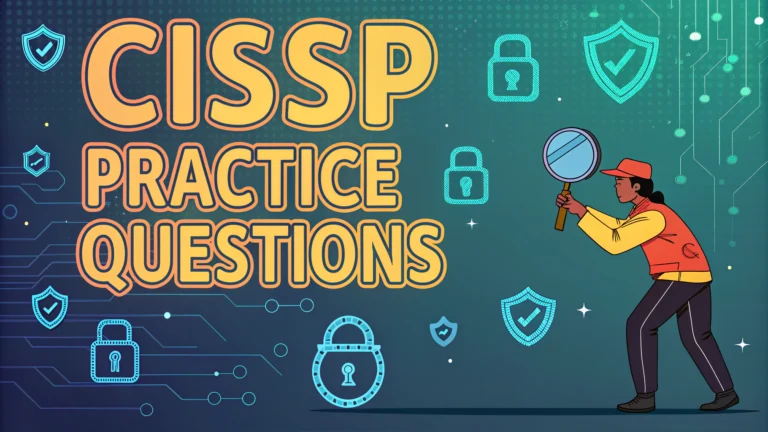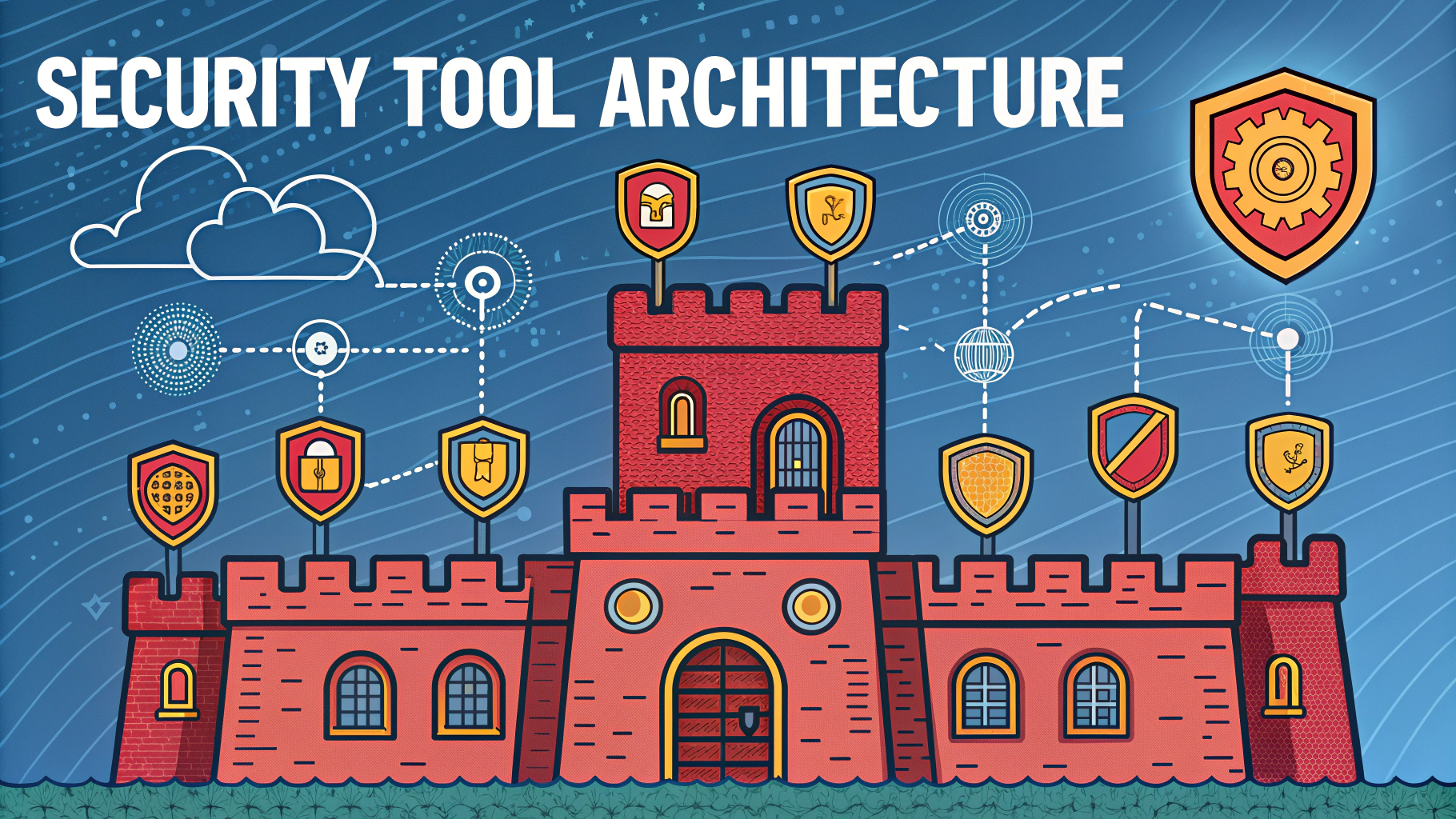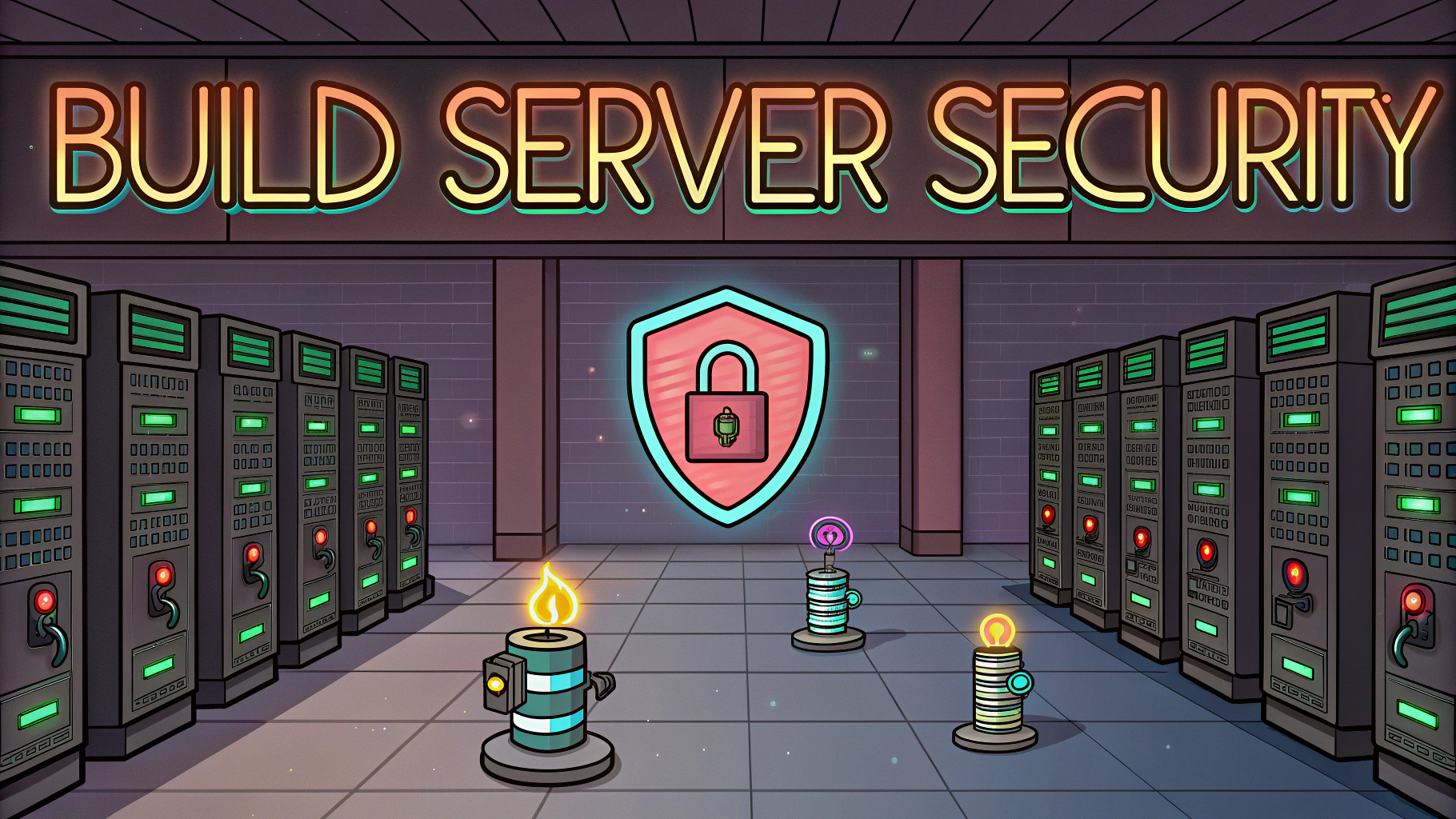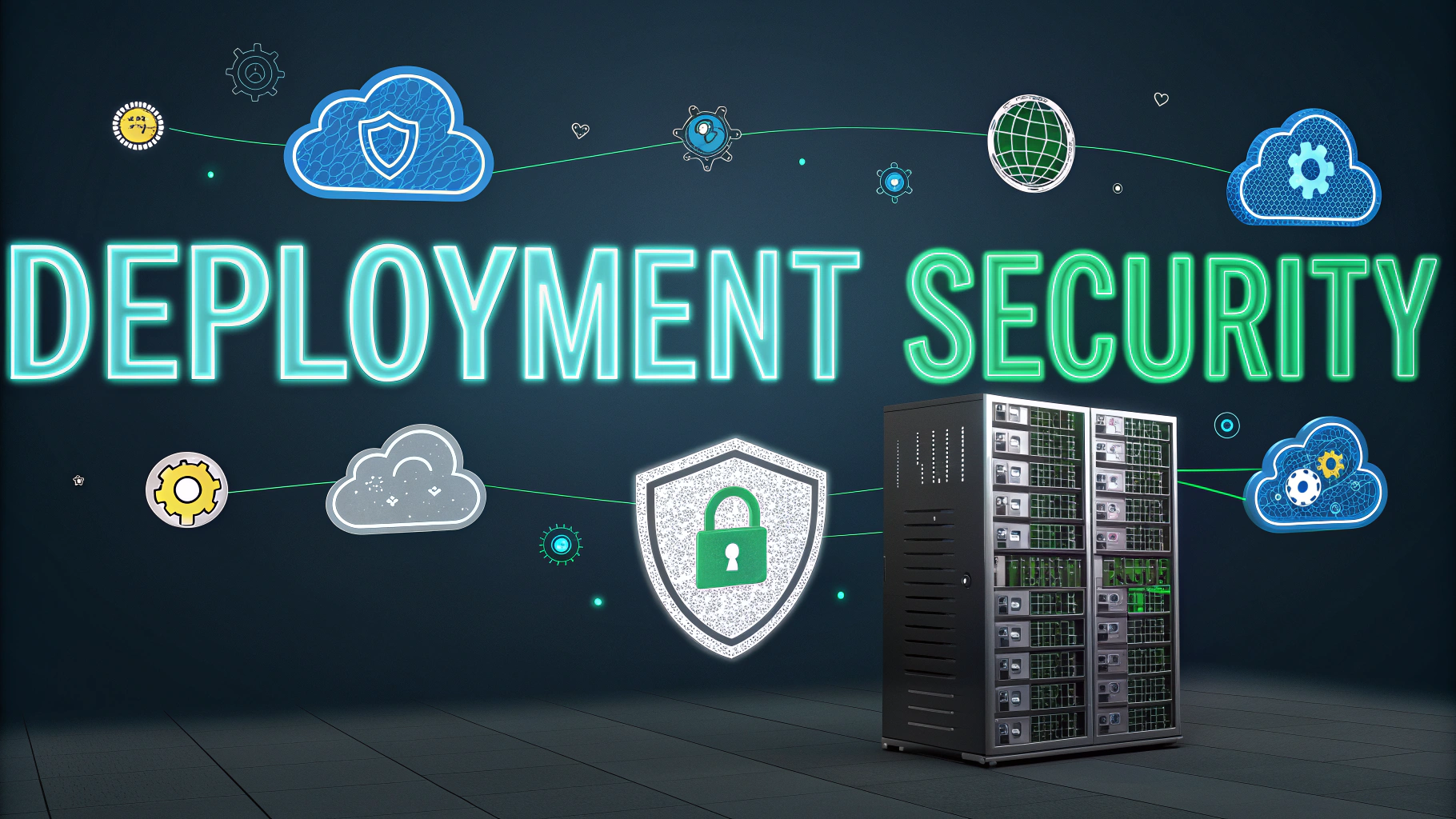CISSP penetration testing questions challenge security professionals to demonstrate their understanding of ethical hacking, vulnerability assessment, and security testing methodologies.
These practice questions help candidates prepare for the penetration testing portion of the CISSP exam, which focuses on identifying system weaknesses and validating security controls.
Mastering these concepts is essential for security professionals who need to protect organizations from evolving cyber threats while maintaining compliance with industry standards.
Key Penetration Testing Concepts for CISSP
- Black Box Testing: Conducted without prior knowledge of the target system
- White Box Testing: Complete access to system architecture and source code
- Gray Box Testing: Limited knowledge of internal systems
- Active vs. Passive Testing: Direct system interaction vs. non-intrusive assessment
Sample CISSP Practice Questions
Q1: Which type of penetration testing provides testers with complete knowledge of the target environment?
Answer: White Box Testing
Q2: What is the primary difference between vulnerability scanning and penetration testing?
Answer: Vulnerability scanning identifies potential weaknesses, while penetration testing actively exploits them
Testing Methodologies to Remember
| Methodology | Description |
|---|---|
| OSSTMM | Open Source Security Testing Methodology Manual |
| OWASP | Open Web Application Security Project Testing Guide |
| NIST SP 800-115 | Technical Guide to Information Security Testing |
Common Testing Tools
- Nmap: Network mapping and port scanning
- Metasploit: Exploitation framework
- Wireshark: Network protocol analyzer
- Burp Suite: Web application security testing
Study Tips for CISSP Penetration Testing Questions
- Focus on understanding the differences between testing types
- Learn the legal and ethical implications of penetration testing
- Study common vulnerability types and exploitation methods
- Practice identifying appropriate testing methodologies for different scenarios
Next Steps for Your CISSP Journey
Join professional organizations like (ISC)² (www.isc2.org) for additional study resources and practice materials.
Consider hands-on labs using platforms like HTB Academy or TryHackMe to reinforce theoretical knowledge.
Connect with CISSP study groups on LinkedIn or Reddit for peer support and discussion.
Best Practices for Penetration Testing Documentation
- Maintain detailed records of all testing activities
- Document scope, methodology, and findings clearly
- Provide actionable remediation recommendations
- Include executive summaries for stakeholders
- Track vulnerability severity and risk levels
Compliance and Regulatory Considerations
- Obtain proper authorization before testing
- Follow industry-specific regulations (PCI-DSS, HIPAA)
- Maintain confidentiality of findings
- Ensure testing aligns with compliance requirements
Risk Management Integration
Key Components
- Threat modeling and risk assessment
- Business impact analysis
- Control validation
- Remediation prioritization
Advanced Testing Scenarios
| Scenario | Considerations |
|---|---|
| Cloud Environments | Provider permissions, shared responsibility model |
| IoT Devices | Hardware security, firmware analysis |
| Mobile Applications | Platform-specific vulnerabilities, API security |
Strengthening Your Security Testing Arsenal
Remember that successful CISSP certification requires both theoretical knowledge and practical understanding of penetration testing concepts. Stay current with emerging threats and testing methodologies, and always prioritize ethical considerations in your security testing approach.
Regular practice, continuous learning, and hands-on experience with various testing tools will help build the expertise needed for both the CISSP exam and real-world security challenges.
FAQs
- What is the primary purpose of penetration testing in CISSP context?
Penetration testing is a controlled attempt to breach an organization’s security controls to identify vulnerabilities, security gaps, and potential attack vectors before malicious actors can exploit them. - What are the main phases of a penetration test?
The main phases include planning and preparation, reconnaissance, scanning and enumeration, gaining access, maintaining access, and reporting findings with remediation recommendations. - What’s the difference between black box, white box, and gray box penetration testing?
Black box testing involves no prior knowledge of the system, white box testing provides complete system information, and gray box testing offers partial system knowledge to the tester. - How does vulnerability scanning differ from penetration testing?
Vulnerability scanning is an automated process that identifies potential vulnerabilities, while penetration testing involves active exploitation of vulnerabilities to demonstrate real-world attack scenarios. - What legal considerations must be addressed before conducting a penetration test?
Legal considerations include obtaining written permission, defining scope, establishing rules of engagement, protecting sensitive data, and ensuring compliance with relevant regulations and laws. - What are the key components of a penetration testing report?
A penetration testing report should include an executive summary, methodology used, findings and vulnerabilities discovered, risk ratings, proof of concept, and detailed recommendations for remediation. - What tools are commonly used in CISSP-level penetration testing?
Common tools include Nmap for network scanning, Metasploit for exploitation, Wireshark for packet analysis, Burp Suite for web application testing, and various password crackers and vulnerability scanners. - What is the difference between ethical hacking and penetration testing?
Ethical hacking is a broader term encompassing all aspects of security testing, while penetration testing is a specific, structured methodology focused on identifying and exploiting vulnerabilities in a controlled manner. - How often should penetration testing be conducted?
Penetration testing should be conducted at least annually, after significant infrastructure changes, following major system updates, or as required by compliance regulations like PCI DSS. - What are the limitations of penetration testing?
Limitations include time constraints, scope restrictions, potential system disruption, snapshot-in-time results, and the possibility of missing vulnerabilities that could emerge from new threats.







